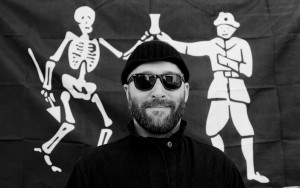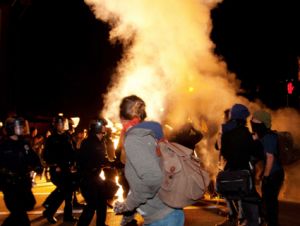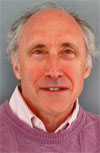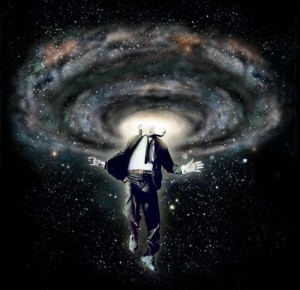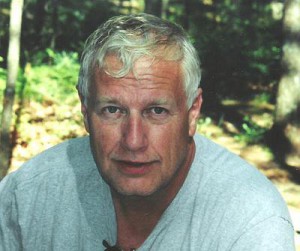
Roadmap to Redressing Economic Terrorism in America
Gordon Duff
Veterans Today, 28 January 2012
We Weren’t Going to Stay Stupid Forever
When the Cold War ended, a secret fund planned for by President Ronald Reagan had been set aside to rebuild America, pay off the national debt and reward Americans for decades of sacrifice.
This was the real accomplishment of his presidency, one few knew of.
As the funds finally came together, during the first years of the Clinton administration, instead of going to America, the man chosen to secure this legacy for America was put in a Swiss dungeon, then a mental hospital and eventually railroaded into prison on charges now admitted to have been “manufactured.”
Of the funds, only $4.5 trillion remain (plus interest, less taxes), belonging to Ameritrust Corporation, held for the American people. This is some of the story of those funds and continuing attempts by politicians and bankers to continue destroying the United States through economic terrorism.
. . . . . . .
What we want to know and “we” is not a harmless bunch of cranks. “We” means many of the people who formerly and currently represent key “capabilities” that protect and defend the United States.
We want to know why, for years, the Federal Reserve illegally “loaned” trillions of dollars to banks that claimed they were insolvent, money in escrow and not under their authority for distribution.
We want to know why, for years, the Secretaries of Treasury authorized these illegal acts which have been reported in the news but never investigated.
We want to know where the trillions of dollars are in profits that were generated by using this currency to collateralize offshore transactions never listed by the banks who received the illegal loans.
Read full article with photos.
Phi Beta Iota: We sought out Mr. Duff and interviewed him for two hours. Among the speculative but at face value compelling opinions he offered are that there are a great many earnest professionals at the top levels of the US secret intelligence community and within the US military that are fed up with the continuing criminal enterprise that has captured the portions of the US Government. Denver as the money-laundering capital of the USA; the failed war on drugs and the open border for the convenience of the Bush family cartel; Romney as a prime suspect (accusation, neither indictable nor proven) of massive money laundering for the other cartels — Bain as a form of BCCI replacement; attack on Libya as a joint US-French spanking of Israel and its biological weapons factories there to include a Level 5 (robotic only) vault; Iran war as a means of covering bad oil futures bets made by specific investors including Goldman Sachs; Obama to stay in place for four more years; Bert Laden CIA patsy play partly to sideline General Patraeus; many non-combat casualties from Bert Laden play drop-kicked in the staged CH-46 crash later. Bottom line: heavy smoke, some cinders, certainly a sufficiency of information to warrant at least 100 supoenas and extended interrogations, but absent a deep honest investigation, the show goes on. At this point, all sources–including Ron Paul and Veterans Today–must be considered suspect as elements of the controlled opposition. Absent the development of a public intelligence network able to develop public intelligence with total integrity, we simply cannot arrive at meaningful conclusions.

